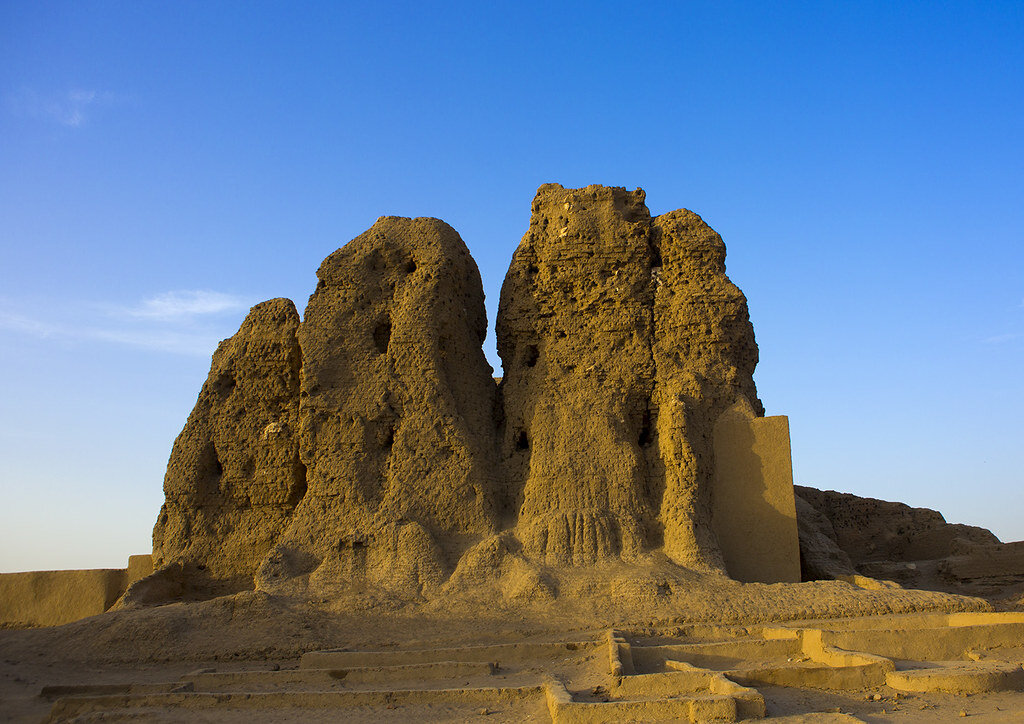
KERMA
As the foremost city of Upper Nubia (modern Sudan), Kerma was the capital and base of the most powerful Nubian state of the early 2nd millennium BCE. Kerma’s culture has been broken down into four chronological periods spanning from 3500 to 1500 BCE. The Kingdom of Kerma generated wealth primarily through agriculture and trade. Excavations of its burial sites (deffufas) and similar styles of pottery suggest that it spanned about 200 miles southward past the 5th cataract of the Nile River. The people of Kerma used the river as a trading post to import textiles, jewelry, as well as other manufactured goods.
Links
* The image for Kerma 101 comes from this link: Kerma
[i] Kingdom of Kerma
[ii] Thutmose II
[iii] Egypt, the Red Sea, and the heart of Africa
[iv] importing gold, ebony, incense, and exotic animals, amongst other luxury items
[v] as allies and enemies throughout centuries
[vi] Sudanese kingdom of Sai in about 1700–1500 BCE
[vii] 18th Dynasty
[viii] large ceramic vessels
[ix] Kushite’s Kingdom
[x] royalty, priesthood, and the military
[xi] residences
[xii] monarch gaining absolute power
[xiii] industries like mining, pottery
[xiv] Kush, eventually briefly surpassed Egypt
[xv] like sheep, goats, and cattle
[xvi] industries including metalwork, weaponry, gold and livestock trade
By gfn X
